
Squirrels made national news this week. (30 Nov – 6 Dec 2008)
On November 30 the Washington Post reported there are no acorns this year in northern Virginia, Maryland and Washington, DC. The next day NPR picked up the story.
The total absence of acorns is puzzling scientists but not worrying them yet. Oaks have natural boom and bust cycles. However, having zero acorns puts the squirrel population in jeopardy. They have far less to eat this winter and some will starve. To prevent this people in Virginia have started feeding them store-bought hazelnuts!
But I couldn’t help wondering. Was this just an “Inside the Beltway” phenomenon? Are there no acorns anywhere in the U.S. or did squirrels become national news because there are no acorns in D.C.? Is this a plot by the squirrels to get handouts all over the country even though there’s more than enough to eat everywhere else? I decided to conduct my own research.
On my way through Schenley Park I stopped beneath a stand of oak trees and sifted through the leaves. I found acorn caps and some rotten acorn pieces but nothing I’d call a “new” acorn. Were these leftover acorns from last year? Did the squirrels eat or cache all the good ones? Did I accidentally find the dump where all the old leaf litter ended up?
I didn’t feel qualified to answer these questions so I turned to Google and they pointed me to the PA Game Commission website. The Game Commission tracks the acorn crop because it’s such an important food for wild turkeys, deer and bears. There I learned that acorns are indeed variable across the state this fall. In Westmoreland County the Game Commission reported a good crop, in the Pittsburgh area it was rated “fair,” and in northcentral, northwestern and southcentral PA (closest to D.C.) it was considered “poor.”
So it isn’t a plot. It isn’t a conspiracy. Some squirrels are going to suffer. Not mine, though. They’re fat and sassy, eating from my neighbor’s black walnut tree.
(photo by Chuck Tague)

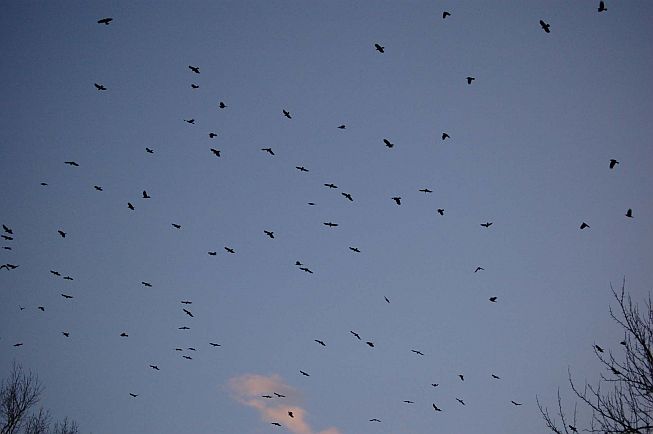
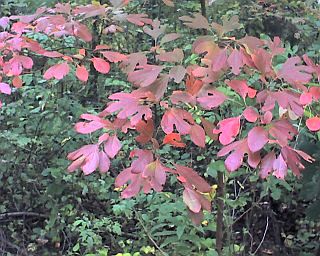 Compared to the Great Plains and the coasts, Pittsburgh is not a windy place. Our typical wind speed is 5-10 miles per hour and some days there’s no wind at all.
Compared to the Great Plains and the coasts, Pittsburgh is not a windy place. Our typical wind speed is 5-10 miles per hour and some days there’s no wind at all. Not much to report – but it was a sunny day in Pittsburgh so I ignored my Saturday chores and took a walk in Schenley Park.
Not much to report – but it was a sunny day in Pittsburgh so I ignored my Saturday chores and took a walk in Schenley Park.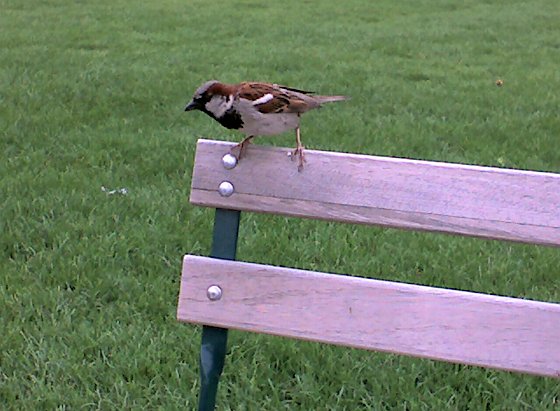

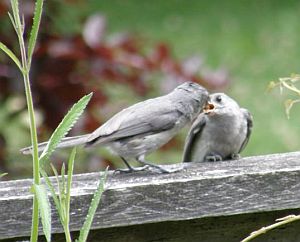 (Something other than peregrines!)
(Something other than peregrines!)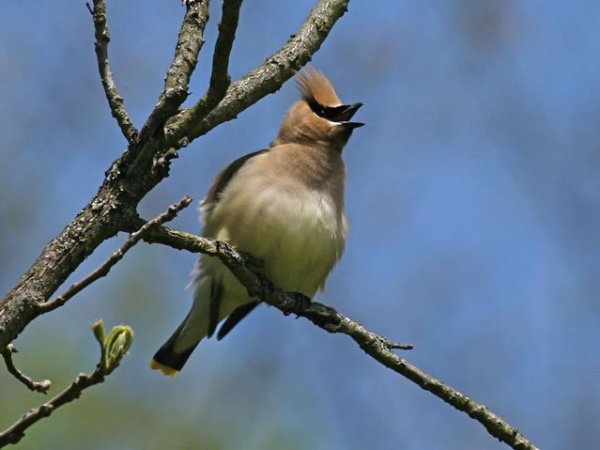
 …for Pitt Peregrine Fledge Watch!
…for Pitt Peregrine Fledge Watch!